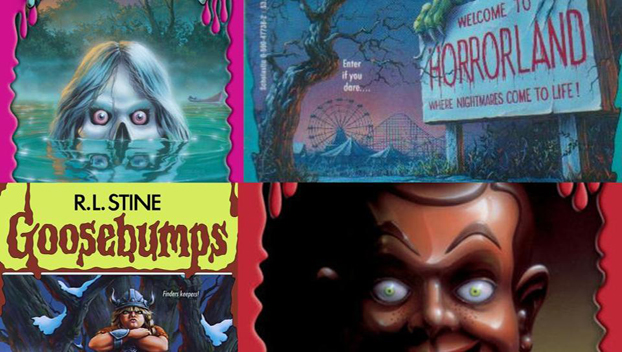Helsinki: Do you know why some people like to watch horror movies like ‘The Conjuring’ despite the scare and frequent shouting episodes? If we ask researchers, this is because scary flicks manipulate brain expertly to enhance excitement.
Finnish researchers mapped neural activity as study participants watched horror movies, and found that our brains are continuously anticipating and preparing us for action in response to threat.
“Horror movies exploit this expertly to enhance our excitement,” said researcher Matthew Hudson from University of Turku, Finland.
People found horror that was psychological in nature and based on real events the scariest, and were far more scared by things that were unseen or implied rather than what they could actually see.
The researchers first established the 100 best and scariest horror movies of the past century and how they made people feel.
Firstly, 72 per cent of people report watching at last one horror movie every six months, and the reasons for doing so, besides the feelings of fear and anxiety, was primarily that of excitement.
“Watching horror movies was also an excuse to socialise, with many people preferring to watch horror movies with others than on their own,” the findings showed.
While all movies have our heroes face some kind of threat to their safety or happiness, horror movies up the ante by having some kind of superhuman or supernatural threat that cannot be reasoned with or fought easily.
The research team at the University of Turku, Finland, studied why we are drawn to such things as entertainment?
People found horror that was psychological in nature and based on real events the scariest, and were far more scared by things that were unseen or implied rather than what they could actually see.
The team discovered two key findings.
“The creeping foreboding dread that occurs when one feels that something isn’t quite right, and the instinctive response we have to the sudden appearance of a monster that make us jump out of our skin,” said principal investigator Professor Lauri Nummenmaa.
During those times when anxiety is slowly increasing, regions of the brain involved in visual and auditory perception become more active, as the need to attend for cues of threat in the environment become more important.
“After a sudden shock, brain activity is more evident in regions involved in emotion processing, threat evaluation, and decision making, enabling a rapid response,” said the researchers.




